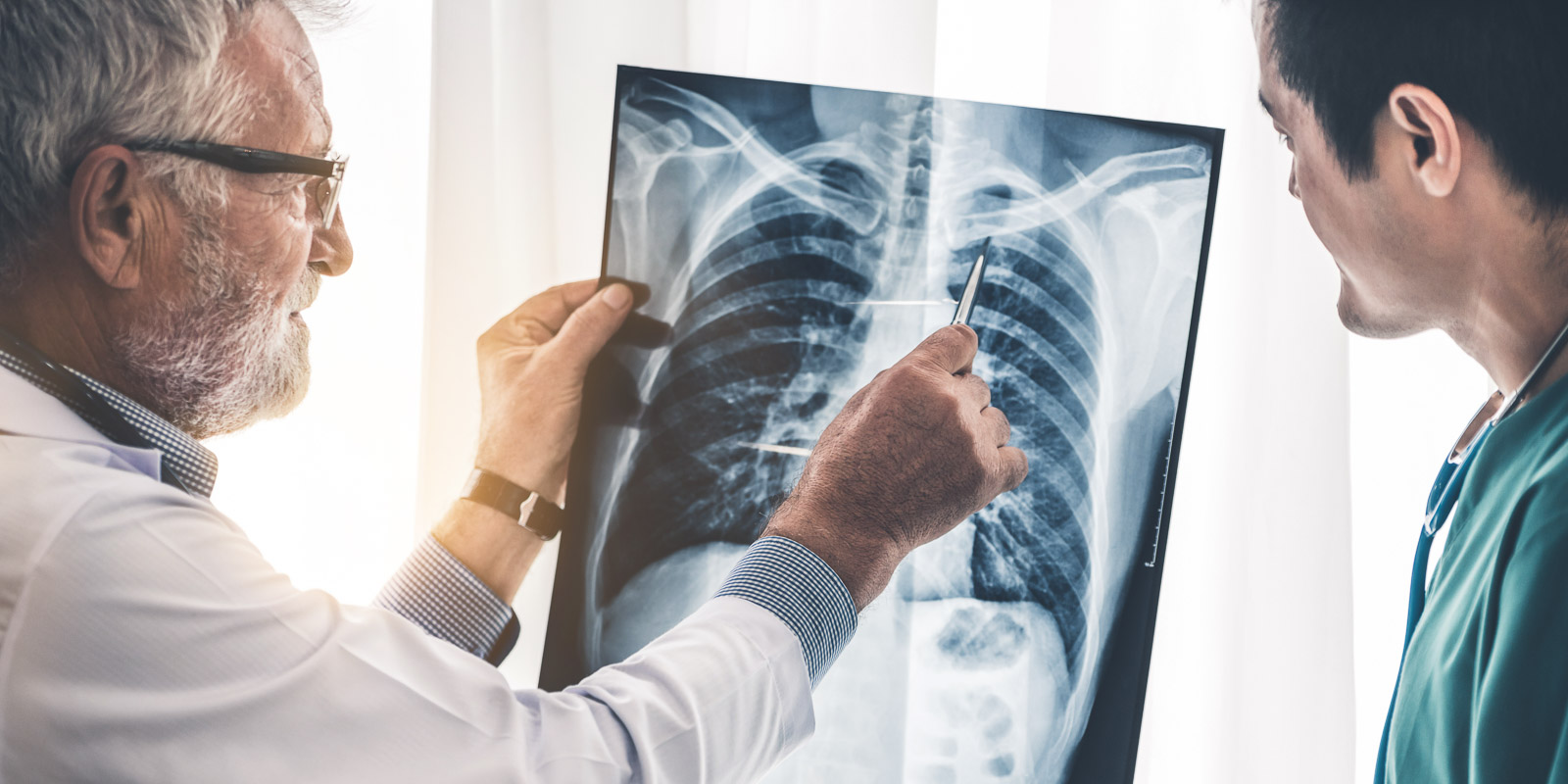
X-Ray
About
An X-ray exam is a standard and painless method of imaging that passes small amounts of radiation through the body to create pictures of your internal organs or bones. They're primarily used to detect fractured bones, injuries, infections, or foreign objects in soft tissue. Some X-ray procedures may also involve using contrast materials like iodine or barium to enhance the visibility of specific organs, blood vessels, tissues, or bones.





